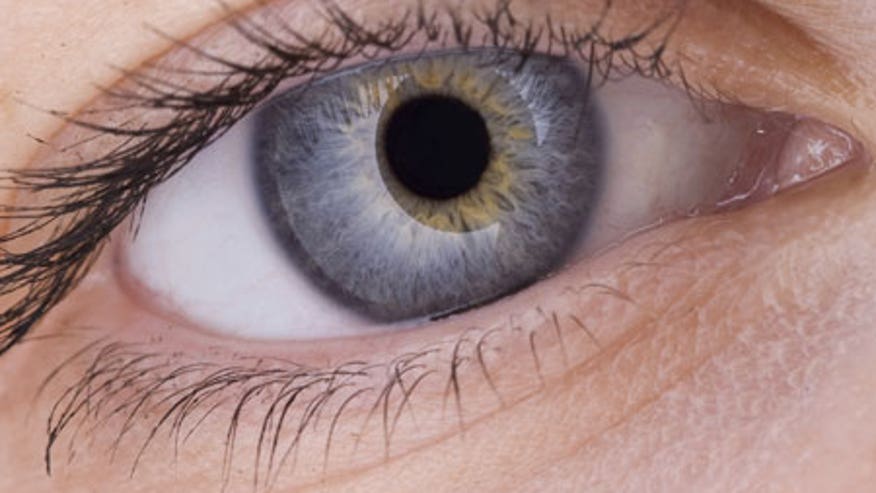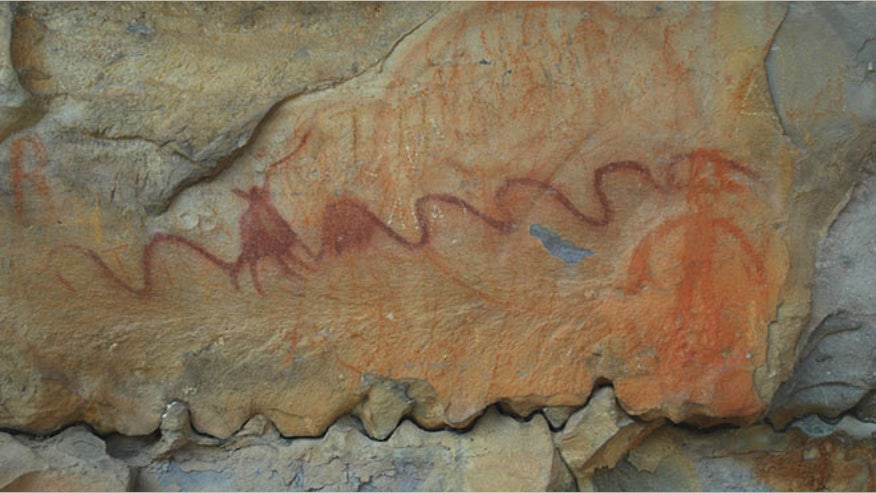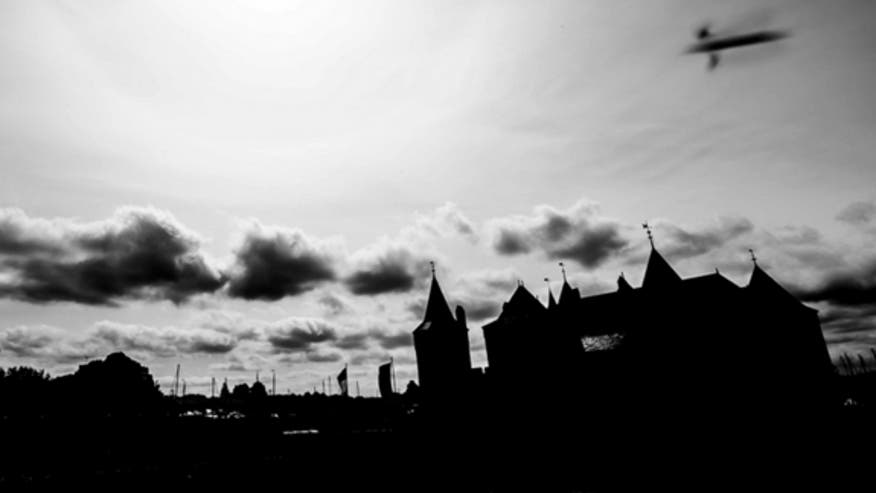Leh, Ladakh, J&K, India, 14 July 2014 - Last night’s full moon was still setting over the mountains around the Leh Valley this morning as tens of thousands of people converged on the Teaching Ground at Shiwatsel one last time. At about 7am His Holiness the Dalai Lama stepped out of his residence to walk to the Teaching Pavilion, stopping here and there to greet an old acquaintance or comfort an old or infirm person on the way. From the throne he announced:
“I’m going to give the White Tara Long-life Empowerment. My preparations will take about fifteen minutes. During that time I’d like all of you to recite ‘Om Mani Padme Hung’. As there are about 150,000 people here, if each of you could recite 1000 Manis it will total 150 million for the benefit of all sentient beings. In the past, Tibetan masters praised the recitation of mantras because while you do that you don’t think about longevity, wealth and so forth.
“Avalokiteshvara is the deity of compassion, someone with whom Tibetans have a special connection. He’s the patron deity of Tibet. Over the last 60 years or so Tibetans in Tibet have undergone great difficulties. Despite having its own long history and cultural heritage, Tibet is at risk of becoming extinct. There is an urgent need for us to make every effort to preserve Tibetan religion and culture. Pursuing the path of non-violence, we are doing what pleases all the Buddhas, including Avalokiteshvara. Whether through the power of truth and taking refuge in the Three Jewels we achieve our goal in the short term or not, we can at least aim for it.
“It would be good if you can recite Mani mantras on the basis of understanding. Om like Hri has a threefold meaning implying body, speech and mind and even body, speech and mind have gross, subtle and subtlest aspects. As long as we are under the influence of negative emotions we are caught in the cycle of existence. And as long as we are subject to obstructions to knowledge we remain sentient beings. Once we overcome them we reach Buddhahood, at which point body, speech and mind become of one taste. Negative emotions and obstructions to knowledge are adventitious and can be eliminated.
“The word ‘Mani’ means jewel and implies something that fulfils our wishes, in this case the awakening mind of bodhichitta, the thought to help ourselves and others. ‘Padme’ means lotus and implies the wisdom understanding emptiness. ‘Hung’ means not letting these two separate; ensuring a combination of wisdom and bodhichitta.”
His Holiness gave the transmission of the mantra and suggested offering a verse of praise before beginning the recitation:
Your 1000 hands represent the 1000 universal monarchs
Your 1000 eyes represent the 1000 Buddhas of this fortunate aeon
You give teachings appropriate to the needs of beings
I pay homage to you, noble Avalokiteshvara.
May the prayers of all Buddhas and Bodhisattvas be fulfilled,
May I attain the state of Avalokiteshvara,
And may all beings attain it as well.
May all beings be freed from the cycle of existence.
 |
| His Holiness the Dalai Lama conferring the Long Life Empowerment on the final day of the 33rd Kalachakra Empowerment in Leh, Ladakh, J&K, India on July 13, 2014. Photo/Manuel Bauer |
His Holiness explained that he was going to give a Long-life Empowerment and that, among the many deities associated with longevity, the Tara of the Wish-fulfilling Wheel is the purified aspect of wind-energy. The movement in our minds, for example, is due to that energy. She has a special quality of helping beings by removing obstacles, such as obstacles to life.
“Let’s pray for the welfare of all those physically gathered here,” His Holiness advised, “and also for those inside Tibet, especially those who may have fallen ill for various reasons.”
He also mentioned the 4-500 million Buddhists in China, the country with the world’s largest Buddhist population, and people around the world dedicated to the welfare of others. His Holiness said he would conduct the empowerment of Tara of the Wish-fulfilling Wheel on behalf of them all. He remarked that many people in different parts of the world are facing trouble and not a few tyrants do them harm. He made the wish: “May the oppressed be relieved”. He suggested that when reciting the prayer for taking refuge in the Three Jewels, his listeners should remember that all 7 billion human beings in the world are directly or indirectly related to them. Like them, they all want happiness and not suffering.
His Holiness proceeded with the various means to offset hindrances to the empowerment. Offering the mandala and three representations of the enlightened body, speech and mind was done by Kathog Ge-tse Rinpoche, who His Holiness commended saying that his lineage has connections going back to the 7th and 8th Dalai Lamas.
With regard to the practice of tantra and the difference between Buddhist and Hindu practices, His Holiness mentioned that conversations with an accomplished Hindu yogi had revealed that the two traditions have inner heat, vase breathing, projecting the mind out of the body and working with the channels and drops in common. However, from discussions with Khunu Lama Rinpoche he concluded that the distinction between the traditions lies in Buddhist tantra’s being founded on an understanding of emptiness and the palace of the meditation deity’s representing the 37 Practices of Enlightenment. Buddhist tantra cannot be undertaken without a sense of bodhichitta and some understanding of selflessness. He then led the gathering in taking the Bodhisattva vows once more.
With the conclusion of the Long-life Empowerment and the distribution of blessed substances among the crowd, the focus shifted to the making of a Long-life Offering to His Holiness, presided over by Ganden Tri Rinpoche, Rizong Rinpoche, and also based on a White Tara ritual. To begin with there was chanting of a lineage prayer, which included past masters of India and Tibet as well as the Fourteen Dalai Lamas.
 |
| The Oracle Tsering Che-nga during the Long Life Offering to His Holiness the Dalai Lama on the final day of the 33rd Kalachakra Empowerment in Leh, Ladakh, J&K, India on July 13, 2014. Photo/Manuel Bauer |
In the course of the ritual, the oracle known as Tsering Che-nga or the Five Long-life Sisters was invoked. She gathered Ganden Tri Rinpoche, Sharpa Chojey, Drikung Kyabgon, Sakya Dungsey, Samdhong Rinpoche and the Sikyong in a circle around His Holiness. The State Oracle, Nechung, was also invoked in the old Phodrang, approaching the teaching pavilion through the spell-bound crowd at a run. He came before His Holiness with a powerful and convincing display of respect. At the same time, perhaps half a dozen cases of spontaneous possession took place among members of the audience. These energetically animated individuals were assisted in coming before His Holiness, where they paid their respects, after which the possessions ceased.
Ganden Tri Rinpoche began his formal laudatory speech of request to His Holiness to live long with a verse from the 7th Dalai Lama’s praise to Avalokiteshvara:
Homage to Arya Lokeshvara
The compassion of all the conquering Buddhas of the ten directions,
Numbering as many as the atoms of the countless worlds,
As deep as an ocean and attached, completely attached, to living beings,
From which was born that perfect splendour of wonderful qualities
Renowned as Avalokiteshvara, the great guide,
The jewel mountain upon whom we should all rely.
To you I bow.
As members of the Jonangpa tradition were presenting a huge mandala offering to His Holiness and a procession of offerings was beginning, Chief Minister of Jammu and Kashmir, Omar Abdullah arrived. He greeted His Holiness with visible affection and took his seat beside the throne. Groups of Ladakhi men and women danced and sang before the pavilion as the Long-life Offering came to an end.
There followed a number of concluding speeches. Geshe Konchok Namgyal, co-Chairperson of the Kalachakra Organizing Committee (KOC) gave a tentative financial report with the assurance that a final account will be given in due course. Dr Tondup Tsewang spoke of the Committee’s great joy and celebration at the successful conclusion of the event attended by an estimated 150,000 people including: 86,000 local and Tibetan devotees, 9,000 monastics, 12,000 from the Transhimalayan Region, 6,100 foreigners from 73 countries, more than 25,000 registered children under the age of 15 and 10,000 volunteers. He remarked with satisfaction that event resources had been mobilized within Ladakh and not out-sourced.
 |
| Jammu and Kashmir Chier Minister Omar Abdullah speaking at the conclusion of the 33rd Kalachakra Empowerment in Leh, Ladakh, J&K, India on July 13, 2014. Photo/Manuel Bauer |
Local MP Thupstan Chhewang, Chief Executive Councillor of the Ladakh Autonomous Hill Development Council, Rigzin Spalbar, and Nawang Rigzin Jora, Minister for Urban Development all spoke in glowing terms at the successful conclusion of the event, which has seen no accidents or unfortunate incidents.
Chief Minister, Omar Abdullah first acknowledged His Holiness and other dignitaries present. He spoke with eloquent sincerity of having shared the greatest disaster with local people when a cloudburst in 2010 unleashed an immensely destructive flood. Now in 2014 he was happy to share in their greatest success with the holding of the 33rd Kalachakra Empowerment in Ladakh, whose blessings he said would go a long way towards restoring peace and confidence in the population. He mentioned his own great respect and affection for His Holiness, saying that it was a matter of great personal satisfaction to him that he had met him on the occasion of the first Kalachakra in Ladakh in 1976 when his grandfather was Chief Minister, during the region’s second Kalachakra in Zanskar in 1988 when his father was CM and now on the third occasion when he was himself Chief Minister. He offered thanks to His Holiness for his presence personally and on behalf of the State of Jammu & Kashmir.
Descending from the teaching throne, His Holiness stood at the front of the platform to make his own concluding remarks.
“The Kalachakra Empowerment has gone very well, in beginning, middle and end. I thank the organizers for their good work. Today, we’ve done the White Tara Long-life Empowerment and the Long-life Offering, in connection with which Ganden Tri Rinpoche has been performing a ritual of accomplishment for the past week. I pray that I can and will live long.
‘Today, along with human beings many gods, goddesses and protectors came forth. I’d like to thank them to for showing their support and solidarity with us. According to the Buddhist description of the world, there are many different kinds of beings, some we can see and some we cannot. A friendly scholar once told me he was surprised that while I seem to have a scientific outlook, I accept the existence of many other kinds of beings. I told him that it’s not a matter of superstition, rather a simple acceptance of reality. However, just as it is not good for human beings to engage in harmful activity, I counsel these spirits and other beings not to engage in mischief.
“Today, we have the Chief Minister of Jammu & Kashmir with us, the third generation of his family to hold the post. Sheikh Abdullah, a friend and contemporary of Pandit Nehru showed great affection for Tibet. Farooq Abdullah, his son, is a friend of mine. Omar Abdullah, the young grandson who is here with us, is also a friend of Tibetans. I’d like to thank him very much for coming here today.”
Turning to the Chief Minister, he said with a chuckle:
“ I understand that your party suffered a setback in the recent elections; this is something that happens from time to time. When political leaders I know in different parts of the world experience electoral defeat, I often write to them to say that this is just part of democracy, which is a good thing. India is the world’s most populous democracy, a country where democracy has become deeply rooted, which is one of its greatnesses.
 |
| His Holiness the Dalai Lama speaking to the crowd of over 150,000 people at the conclusion of the final day of the 33rd Kalachakra Empowerment in Leh, Ladakh, J&K, India on July 13, 2014. Photo/Manuel Bauer |
“The other leaders who spoke just now I’ve also known for a long time. I remember Thupstan Chhewang when his hair was black and now it’s completely white. Rigzing Jora I’ve known for many years. We are not just acquaintances, we know each others’ minds; we are trusted friends.
“Finally, I want to say that I don’t take any fee by way of offerings for the teachings I give. I follow Tseley Rangdol in feeling that to do so would be like selling the Dharma. This great mandala offering you Jonangpas have presented to me, I thank you and request you to take it back to use in your monastery in Shimla.
“I have nothing else to say other than to encourage you all to turn your minds to Dharma. Thank you.”
His Holiness held brief private meetings with some of the guests while announcements were made for the public to view the sand mandala. Then, still taking time to smile and wave to well-wishers and comfort the old and infirm who awaited him, he climbed into the car that drove him back to his residence.





















 Sant’Agostino, memorial to Cardinal Giuseppe Ranato Imperiali, by Paolo Posi (design) and Pietro Bracci (statuary), 1741 (photograph by Elizabeth Harper)
Sant’Agostino, memorial to Cardinal Giuseppe Ranato Imperiali, by Paolo Posi (design) and Pietro Bracci (statuary), 1741 (photograph by Elizabeth Harper) Sant’Eustachio (photograph by Elizabeth Harper)
Sant’Eustachio (photograph by Elizabeth Harper)
 Gesù e Maria, memorial to Camillo del Corno by Domenico Guidi (photograph by Elizabeth Harper)
Gesù e Maria, memorial to Camillo del Corno by Domenico Guidi (photograph by Elizabeth Harper) Façade of Santa Maria dell'Orazione e Morte, designed by Ferdinando Fuga, 1738 (photograph by Elizabeth Harper)
Façade of Santa Maria dell'Orazione e Morte, designed by Ferdinando Fuga, 1738 (photograph by Elizabeth Harper) Santa Maria del Popolo, tomb of Giovanni Battista Gisleni, made for himself prior to his death in 1672 (photograph by Elizabeth Harper)
Santa Maria del Popolo, tomb of Giovanni Battista Gisleni, made for himself prior to his death in 1672 (photograph by Elizabeth Harper) Santa Maria del Popolo, tomb of Princess Maria Eleonora Boncompagni Ludovisi, died 1745 (photograph by Elizabeth Harper)
Santa Maria del Popolo, tomb of Princess Maria Eleonora Boncompagni Ludovisi, died 1745 (photograph by Elizabeth Harper) San Pietro in Montorio: Detail of the relief carved on the tomb of Girolamo Raimondi by Niccolo Sale, chapel designed by Gian Lorenzo Bernini (photograph by Elizabeth Harper)
San Pietro in Montorio: Detail of the relief carved on the tomb of Girolamo Raimondi by Niccolo Sale, chapel designed by Gian Lorenzo Bernini (photograph by Elizabeth Harper) San Pietro in Vincoli, memorial to Cardinal Cinzio Aldobrandini by Carlo Bizzaccheri, died 1610 (photograph by Elizabeth Harper)
San Pietro in Vincoli, memorial to Cardinal Cinzio Aldobrandini by Carlo Bizzaccheri, died 1610 (photograph by Elizabeth Harper) San Pietro in Vincoli, memorial to Cardinal Mariano Pietro Vecchiarelli, died 1639 (photograph by Elizabeth Harper)
San Pietro in Vincoli, memorial to Cardinal Mariano Pietro Vecchiarelli, died 1639 (photograph by Elizabeth Harper) Sant’Onofrio, tomb of Marquis Joseph Rondinin (photograph by Elizabeth Harper)
Sant’Onofrio, tomb of Marquis Joseph Rondinin (photograph by Elizabeth Harper) Santa Maria sopra Minerva, memorial to Carlo Emanuele Vizzani, by Domenico Guidi, 1661 (photograph by Elizabeth Harper)
Santa Maria sopra Minerva, memorial to Carlo Emanuele Vizzani, by Domenico Guidi, 1661 (photograph by Elizabeth Harper) San Francesco d’Assisi a Ripa Grande, memorial to Maria Camilla and Giovanni Battista Rospigliosi, skeleton by Michele Garofolino, 1713 (photograph by Elizabeth Harper)
San Francesco d’Assisi a Ripa Grande, memorial to Maria Camilla and Giovanni Battista Rospigliosi, skeleton by Michele Garofolino, 1713 (photograph by Elizabeth Harper)



